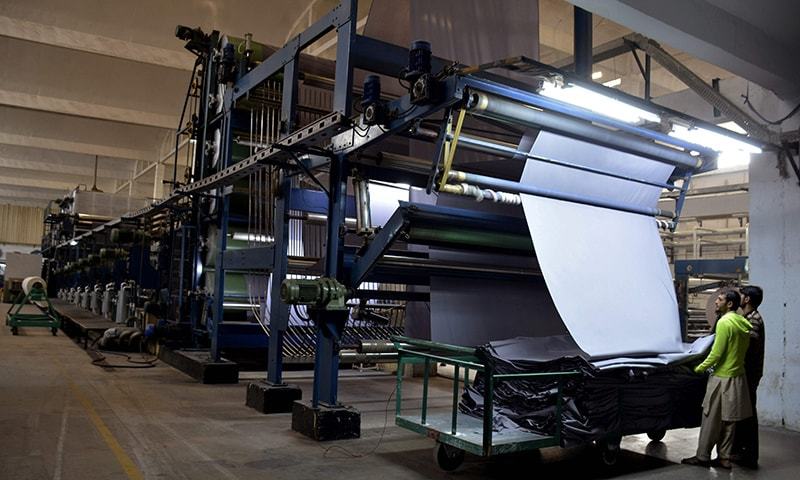
In the past sixteen months, more than 1,600 textile factories in the country have ceased operations, as reported by Interim Commerce Minister Dr. Gohar Ijaz. The closure of these factories has impacted the entire textile value chain, encompassing ginning, weaving, spinning, processing, and garment manufacturing, with many industries now operating at reduced production levels.
Dr. Ijaz highlighted that approximately 20 percent of the installed capacity in the textile and clothing sector has been adversely affected during this 16-month period. To address these challenges, the government is in the process of finalizing a strategic framework. This framework aims to provide solutions such as regional competitive energy pricing, working capital support, expedited refund payments, improved market access, and product diversification.
The minister expressed confidence that the forthcoming policy announcement will unlock the full production capacity potential within the country. In the midst of these developments, recent data from the Pakistan Bureau of Statistics (PBS) indicates that in August 2023, Pakistan’s exports amounted to $2.36 billion, reflecting a 4.8 percent decrease compared to the $2.48 billion recorded in August 2022.
However, this also represents a 14.3 percent increase over the $2.07 billion in exports recorded in the preceding month.
Also, see:
Pakistani rupee faces record decline amid economic challenges




